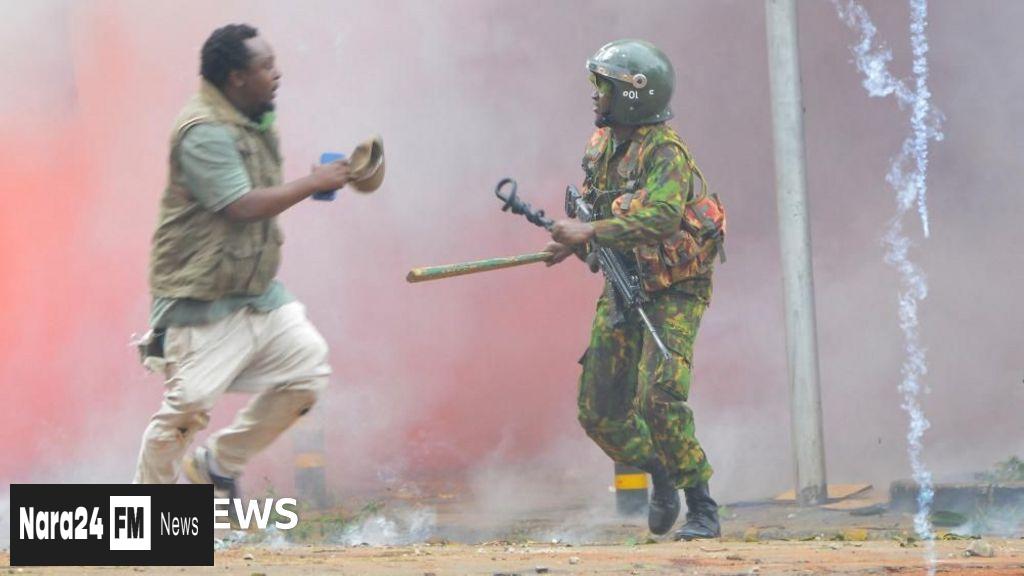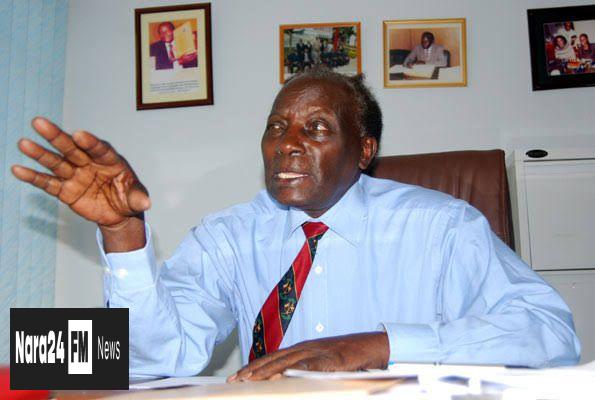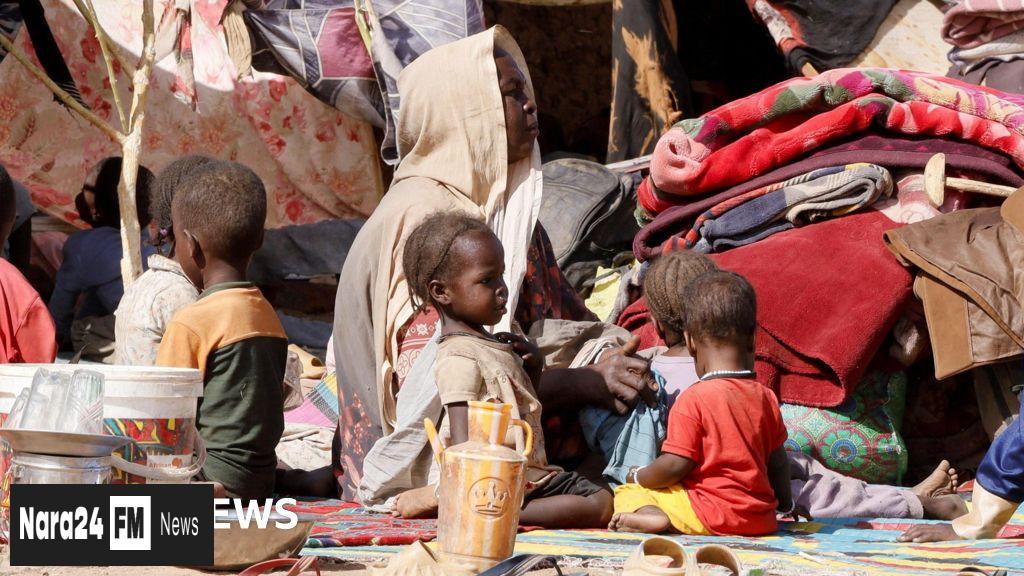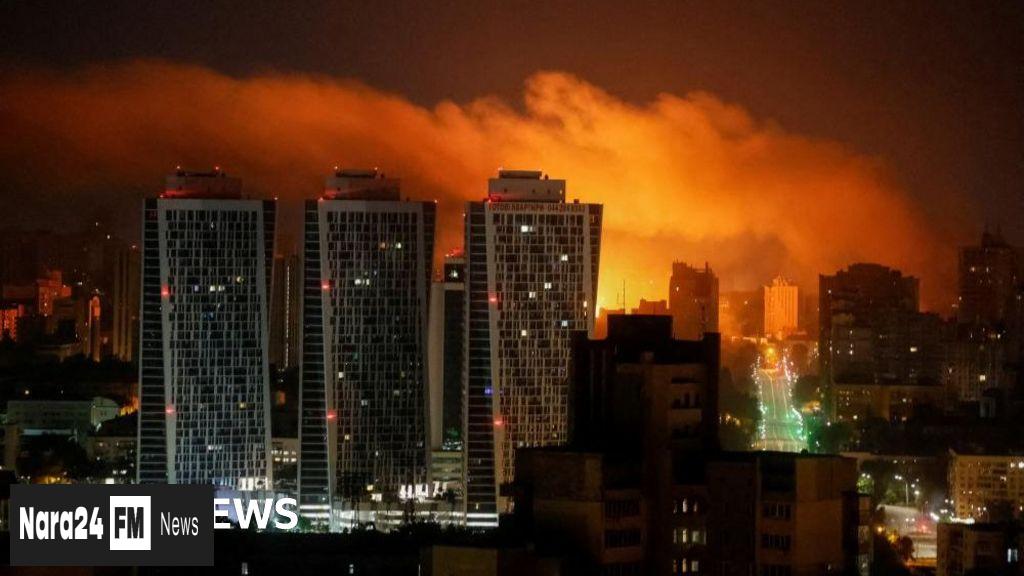In This Article
- Protests Against Kenya's Government
- Death Toll and Injuries
- Government's Response and President Ruto's Appeal
- Human Rights Group's Statement
- Protester's Perspective
- Scenes from the Protests in Nairobi
Key Takeaways
- Thousands protested against President William Ruto's administration in Kenya, resulting in at least 16 deaths and 400 injuries.
- Protests were held in various cities, including the capital Nairobi, marking exactly one year since a wave of anti-government demonstrations in 2024.
- The government attempted to suppress live TV and radio coverage of the protests, but the High Court in Nairobi overturned the decree.
- Human rights group Amnesty Kenya put the death toll as high as 16, while the Kenya Medical Association, Law Society of Kenya, and the Police Reforms Working Group stated at least eight protesters were killed.
- A protester, Amina Mude, expressed concern about the direction the country is heading, particularly in terms of education and ongoing unrest.
Kenya experienced a tumultuous day of protests, with at least 16 deaths and 400 injuries reported as thousands rallied against President William Ruto's administration. The demonstrations, which took place in various cities, including the capital Nairobi, marked exactly one year since the nation was gripped by a wave of deadly anti-government demonstrations in 2024.
Many protesters could be heard chanting "Ruto must go" and waved branches as a symbol of peaceful opposition to his rule. The government attempted to suppress live TV and radio coverage of the protests, but the High Court in Nairobi overturned the decree.
President Ruto, who was at a burial ceremony in the coastal county of Kilifi, appealed to protesters not to threaten peace and stability. "Protests should not be to destroy peace in Kenya. We do not have another country to go to when things go wrong. It is our responsibility to keep our country safe," he said.
The authorities have yet to release any casualty figures, but the Kenya Medical Association, Law Society of Kenya, and the Police Reforms Working Group stated in a joint communique that at least eight protesters were killed. Of the 400 injured, 83 required specialized treatment, and eight had gunshot wounds. The injured included three police officers, according to the statement. Human rights group Amnesty Kenya put the death toll as high as 16.
A protester, Amina Mude, told the BBC she joined the demonstrations "to fight for the future of my kids." Mude expressed her concern about the direction the country is heading, particularly in terms of education and the ongoing unrest. "I feel like it's high time that the country and the leadership listen to us," she said.
In Nairobi, footage showed plumes of white tear gas drifting between buildings, causing protesters to scramble for cover, coughing, and shielding their eyes. The heart of the city saw protesters march past shuttered shops and empty streets. The fence around parliament was adorned with wreaths and handwritten notes from grieving families and defiant youths, serving as a reminder of last year's unrest.
A young woman draped in a Kenyan flag held a poster bearing the names of those killed a year ago by the security forces as they tried to quell the protests. For more news from Kenya and the African continent, visit BBC Africa. Follow us on Twitter @BBCAfrica, on Facebook at BBC Africa, or on Instagram at bbcafrica. To stay informed, listen to our podcasts such as This Is Africa and Focus on Africa.
Source URL: https://www.bbc.com/news/articles/c3d18kyvj5lo








Comments (0)
Leave a Comment
Be the first to comment on this article!